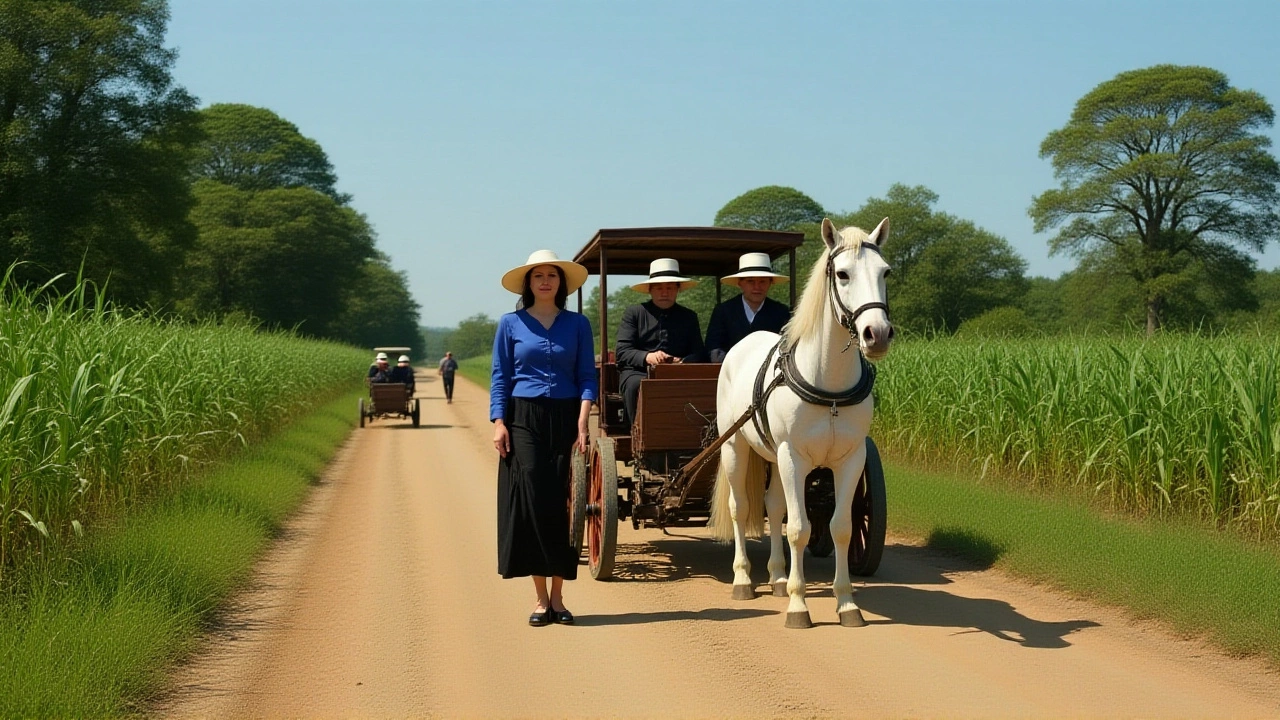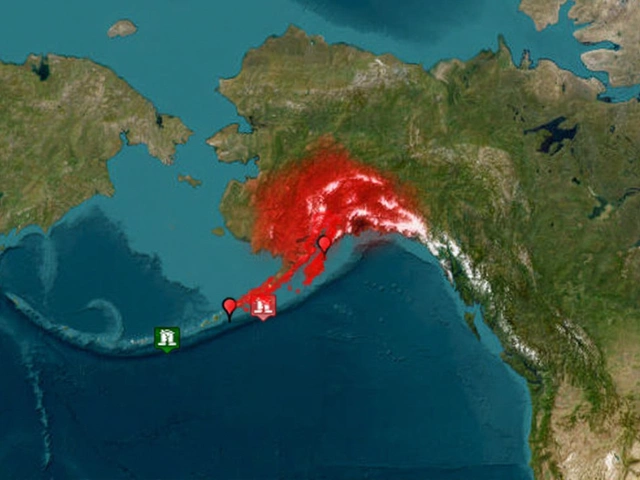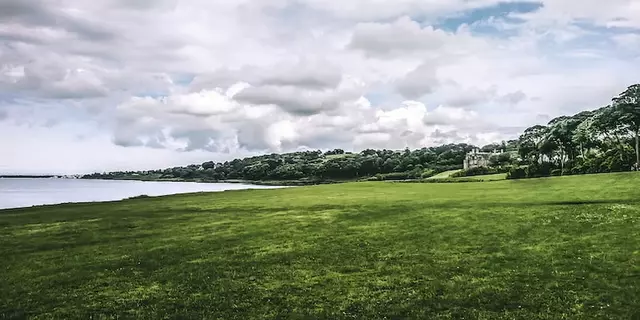By October 2024, Mennonite colonies in the Peruvian Amazon had cleared 8,660 hectares of virgin rainforest—an area larger than 12,000 football fields—since their first settlement in 2017. The explosion of deforestation, documented by the MAAP (Monitoring of the Andean Amazon Project) and corroborated by Mongabay Latam, has triggered a wave of indigenous resistance, criminal charges, and regional alarm. What began as a quiet migration of religious families seeking agricultural land has become one of Latin America’s most urgent environmental and human rights crises.
The Silent Invasion of the Amazon
The first Mennonite colony, Masisea, was established in 2017 in the Ucayali region by families arriving from Bolivia. Within five years, five colonies had sprung up across the Peruvian Amazon. Satellite imagery reveals a chilling pattern: in 80% of the 267 properties analyzed by Mongabay, the land was still covered in intact forest when acquired by Mennonite families—contradicting their claims of clearing only previously degraded land. Between 2017 and 2019, deforestation surged, peaking at nearly 1,000 hectares per year in Masisea alone. By 2024, three colonies near Tierra Blanca in Loreto—Wanderland, Providencia, and Österreich—had destroyed 4,824 hectares combined. Masisea added another 963 hectares.Peruvian prosecutors didn’t wait for public outcry to act. In 2024, the Specialized Prosecutor's Office for Environmental Matters (FEMA) filed charges against 44 men from Masisea for destroying 894 hectares of protected forest. The investigation is ongoing across all five colonies. "They didn’t just clear trees," said one environmental investigator familiar with the case. "They burned entire ecosystems—wetlands, riparian buffers, habitats for jaguars and macaws—just to plant soy and raise cattle."
Indigenous Lands Under Siege
For the Sikuani people, the encroachment is not just ecological—it’s spiritual. Approximately 58,000 hectares of ancestral territory, scattered across four communities—Barrulia, Tsabilonia, Iwitsulibo, and San Rafael-Guarrojo—are now inaccessible. These lands contain sacred burial grounds, ceremonial sites, and rivers used for generations. Alexander Álvarez, governor of Iwitsulibo, which houses 80 families, told EFE: "Two years ago, they started coming in quietly. We couldn’t speak up. There are people behind them—politicians, businessmen, maybe even police."He added, "They cut almost a hectare of trees near our community. Right where the elders used to pray."
The Amazonian Peoples of Peru issued a stark statement: "The land grab by this foreign community is out of control. Seven years after they arrived, they’ve cut down at least 4,000 hectares without a single permit."

A Regional Pattern of Expansion
Peru is not an isolated case. According to McGill University’s 2023 study, "Pious Pioneers," Mennonite colonies now occupy roughly 3.9 million hectares across Latin America through 214 officially recognized settlements. Paraguay hosts the largest share—1.8 million hectares—mostly for industrial soy and cattle. In Bolivia, the National Institute of Agrarian Reform (INRA) confirmed that the Valle Verde colony attempted to expand onto public land. "They tried to settle where it’s not theirs," said Eulogio Núñez, INRA’s national director. "That’s illegal."Meanwhile, Mennonites from Mexico’s Chihuahua state are fleeing drought and violence, relocating to new colonies in Colombia and Argentina. Researchers like Yann le Polain de Waroux describe two distinct waves: one driven by environmental stress, the other by population growth. "Mennonite families average seven to ten children," he noted. "When sons marry, they need land. And they don’t buy—they claim."
Paraguay’s Hidden Cost
In Paraguay, the expansion has come at a brutal human cost. The Ayoreo people—nomadic hunter-gatherers of the Chaco—have been forcibly relocated into religious "reductions" under state-sanctioned pressure. Their traditional lands, now converted into monoculture farms, were handed over without consent. The Bioceanic Highway, a major infrastructure project linking Brazil and Peru, cuts through these territories, enabling resource extraction that benefits global agribusiness—not indigenous communities."They call it development," said a former Ayoreo leader who now works with human rights groups. "But we lost our forests, our animals, our way of life. They gave us a church and a school. We wanted our land back."

What Comes Next?
Peru’s environmental agencies are scrambling. The FEMA has requested satellite monitoring upgrades and international forensic support. The Ministry of Environment has begun drafting emergency regulations to halt new colony permits. But legal loopholes persist. Many Mennonites hold land titles issued under unclear or fraudulent circumstances, often tied to corrupt local officials.Experts warn that without coordinated regional action, deforestation will accelerate. "This isn’t just about religion or farming," said Dr. Lucia Mendez, a geographer at the University of Lima. "It’s about how land rights are negotiated—and who gets to decide. The Mennonites are symptoms of a deeper failure: weak governance, corporate complicity, and the commodification of nature."
As of late 2024, no colony has been dismantled. No major land has been returned. But pressure is mounting. Indigenous groups are preparing lawsuits under international human rights law. Environmental NGOs are filing petitions with the Inter-American Commission on Human Rights. And in quiet villages across the Amazon, elders are teaching children where the old trails lead—before the machines erase them forever.
Frequently Asked Questions
How much deforestation have Mennonite colonies caused in Peru since 2017?
By October 2024, Mennonite colonies in Peru had deforested 8,660 hectares of Amazon rainforest since the first colony, Masisea, was established in 2017. Satellite analysis by MAAP and Mongabay Latam confirmed that 80% of the 267 properties they acquired were still forested at the time of purchase, indicating widespread illegal land clearing.
Which indigenous groups are most affected by Mennonite expansion in Peru?
The Sikuani people are among the hardest hit, losing access to 58,000 hectares of ancestral territory across four communities—Barrulia, Tsabilonia, Iwitsulibo, and San Rafael-Guarrojo. These lands include sacred burial sites and ceremonial grounds. The Iwitsulibo community, led by Alexander Álvarez, has documented direct encroachment on forested areas near their villages, including the destruction of trees near ancestral burial grounds.
Are Mennonites legally allowed to clear forest in Peru?
No. Peruvian law requires environmental permits for large-scale land clearing, especially in protected Amazonian zones. Investigations by FEMA found that Mennonite colonies operated without any legal authorization. In 2024, 44 men from the Masisea colony were formally charged with destroying 894 hectares of virgin forest—proof that their actions violate both environmental and land-use regulations.
Why are Mennonite colonies expanding so rapidly across Latin America?
Mennonite communities have very high birth rates—often seven to ten children per family. When sons marry, they need new land to farm. Since land within existing colonies becomes scarce, new colonies are established, often in remote, poorly regulated areas. Economic pressures like drought in Mexico and land shortages in Bolivia are pushing them into Peru, Colombia, and Argentina, where oversight is weakest.
How much land do Mennonites control across Latin America?
Mennonite colonies occupy approximately 3.9 million hectares across 214 officially recognized settlements in Latin America, according to McGill University’s 2023 study. Paraguay alone hosts 1.8 million hectares, mostly for industrial agriculture. This figure doesn’t include privately held Mennonite land outside colonies, which adds hundreds of thousands more hectares—particularly in the Paraguayan Chaco.
What actions are governments taking to stop the deforestation?
Peru’s FEMA has filed criminal charges against 44 Mennonites and is investigating all five colonies. Bolivia’s INRA has publicly condemned illegal land grabs. Colombia and Argentina are now monitoring new colony formations. But enforcement remains weak. No colony has been evicted, and land titles remain contested. International pressure from NGOs and indigenous coalitions is growing, but legal and political inertia continues to protect the colonists.



